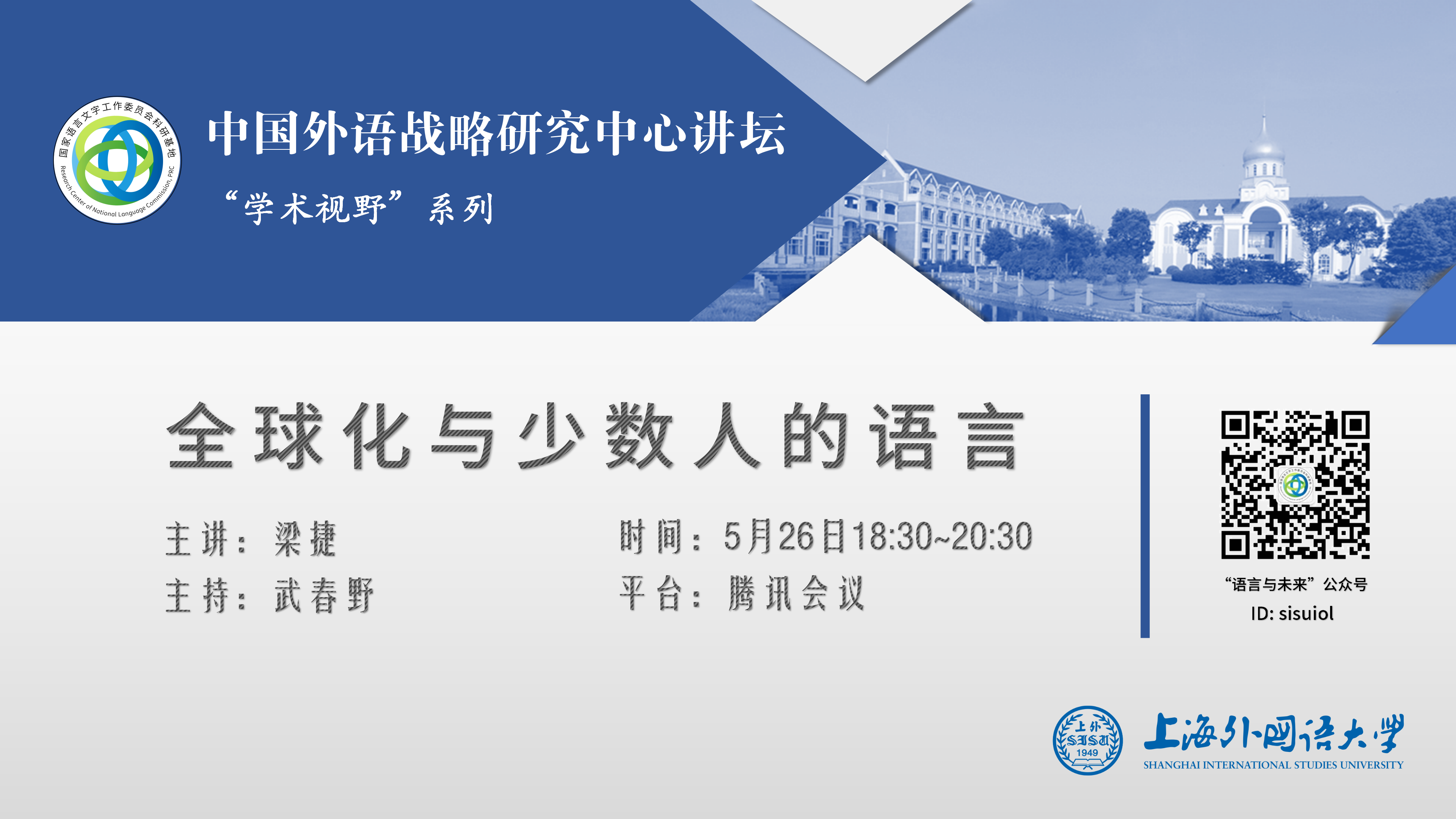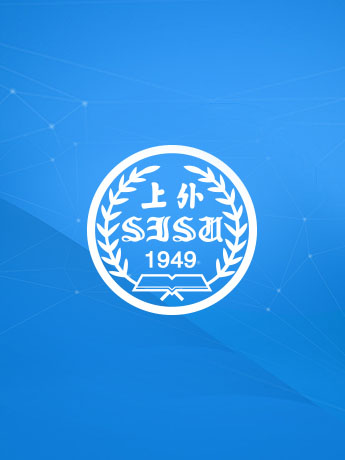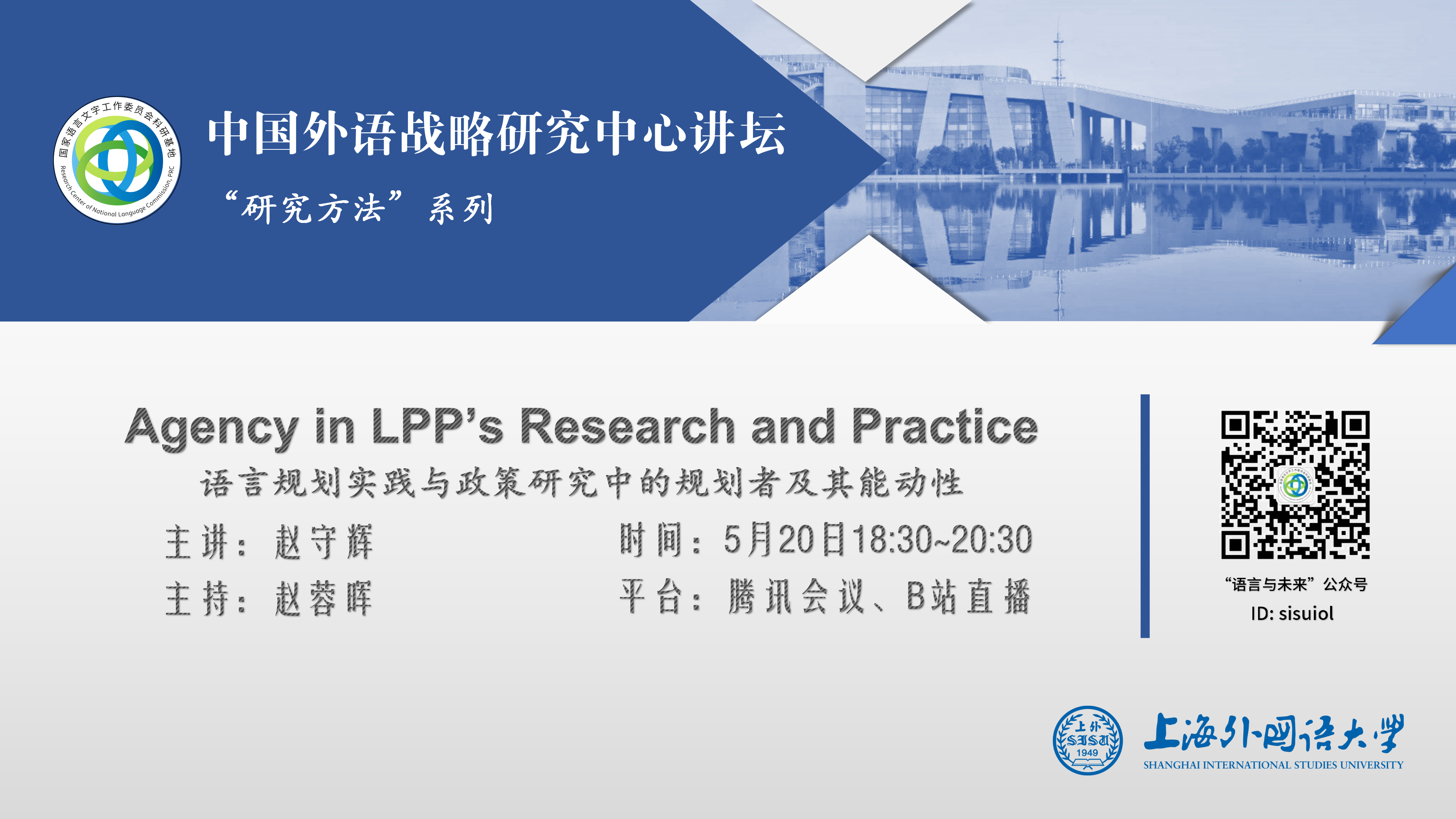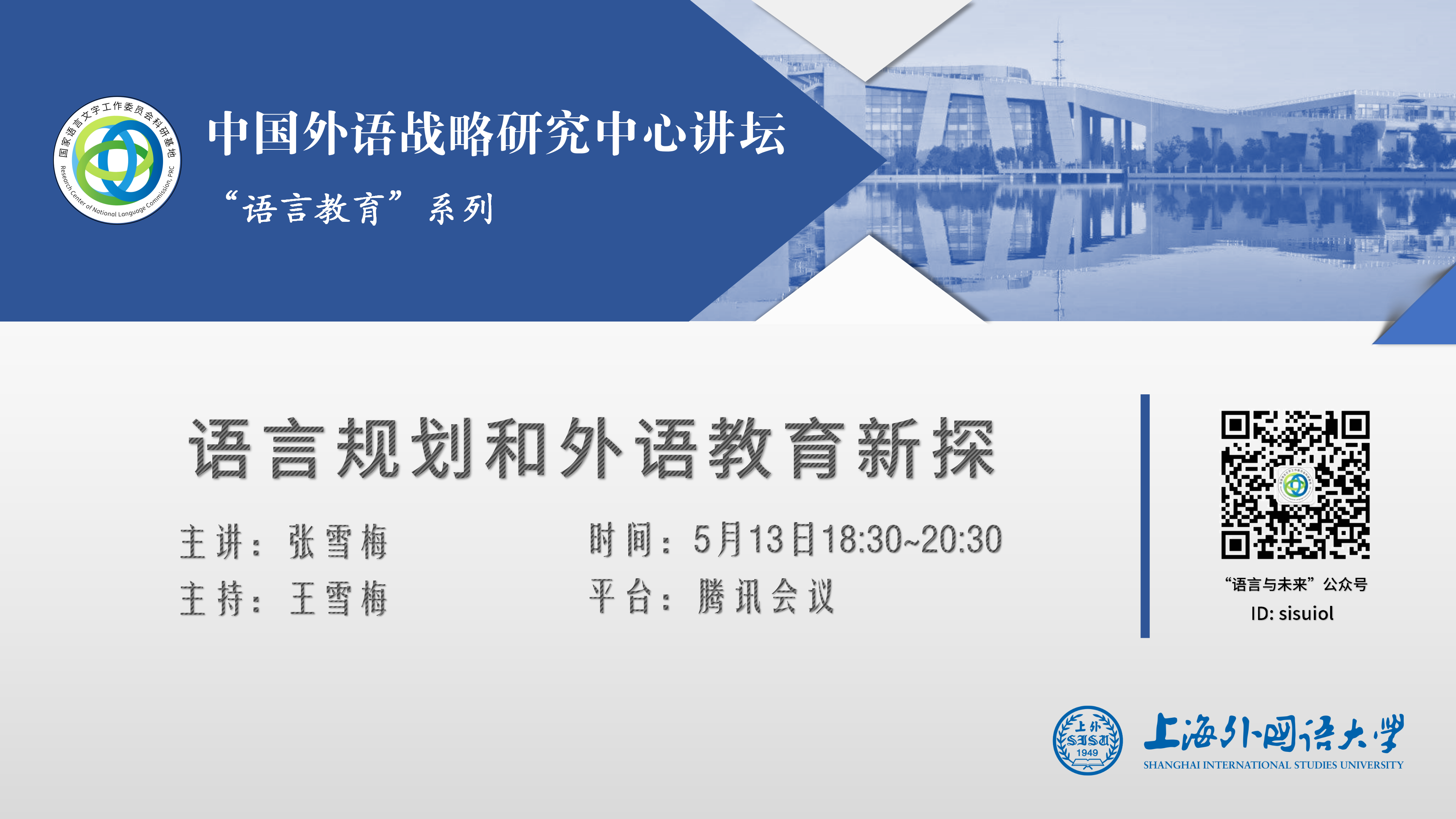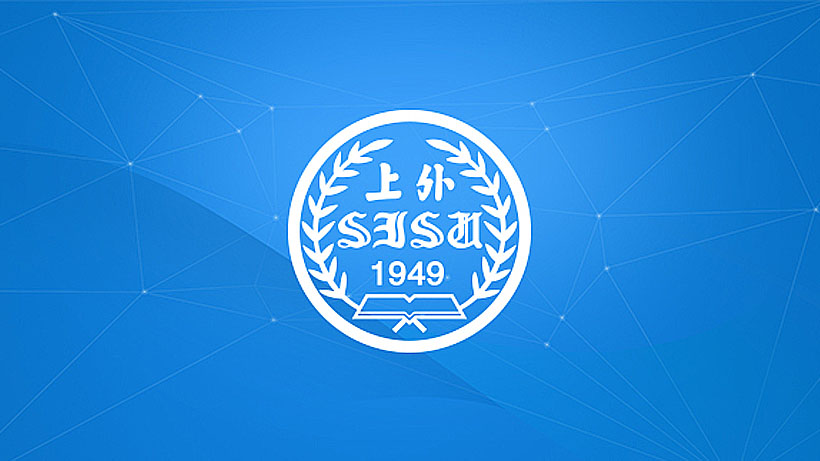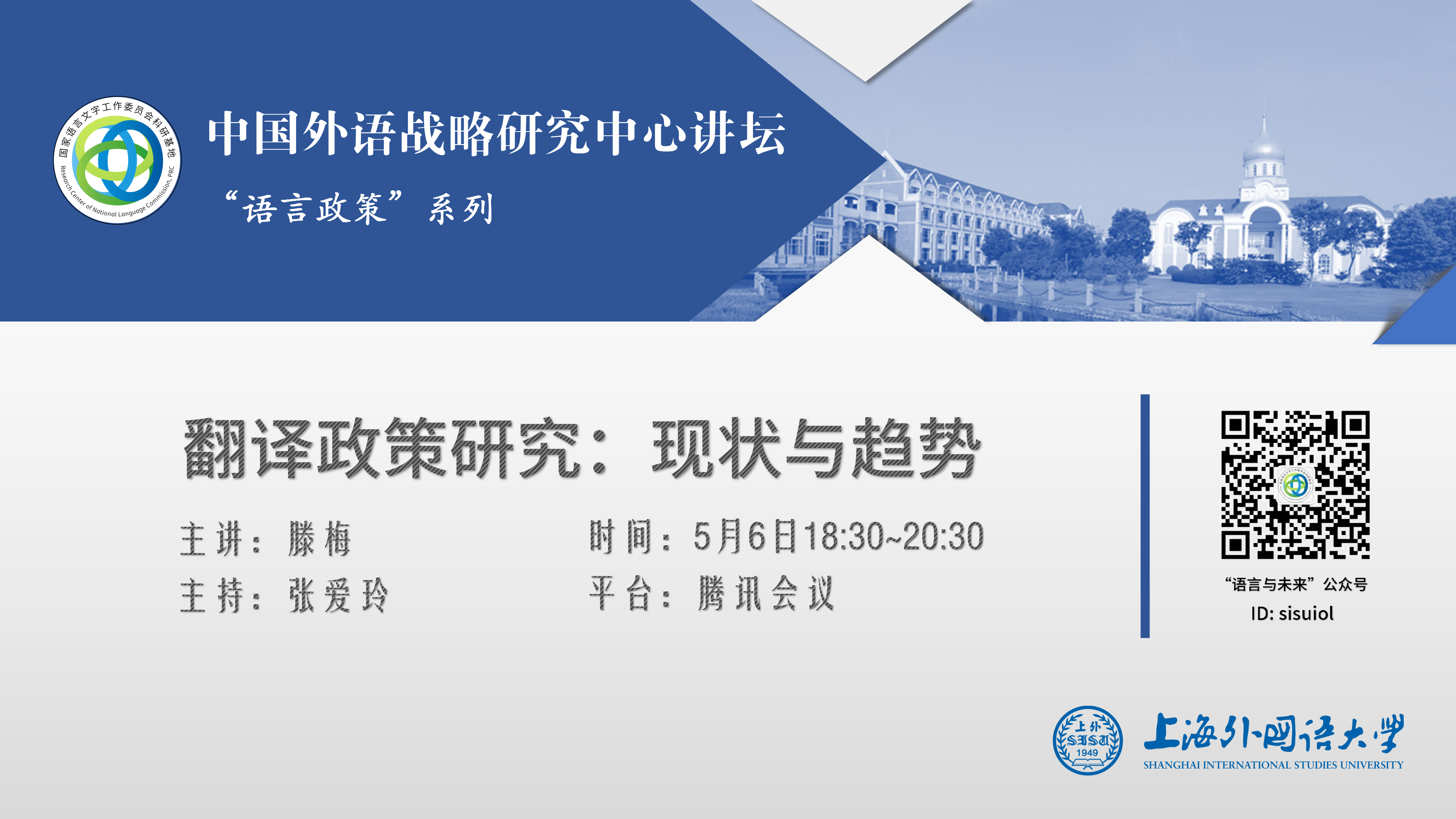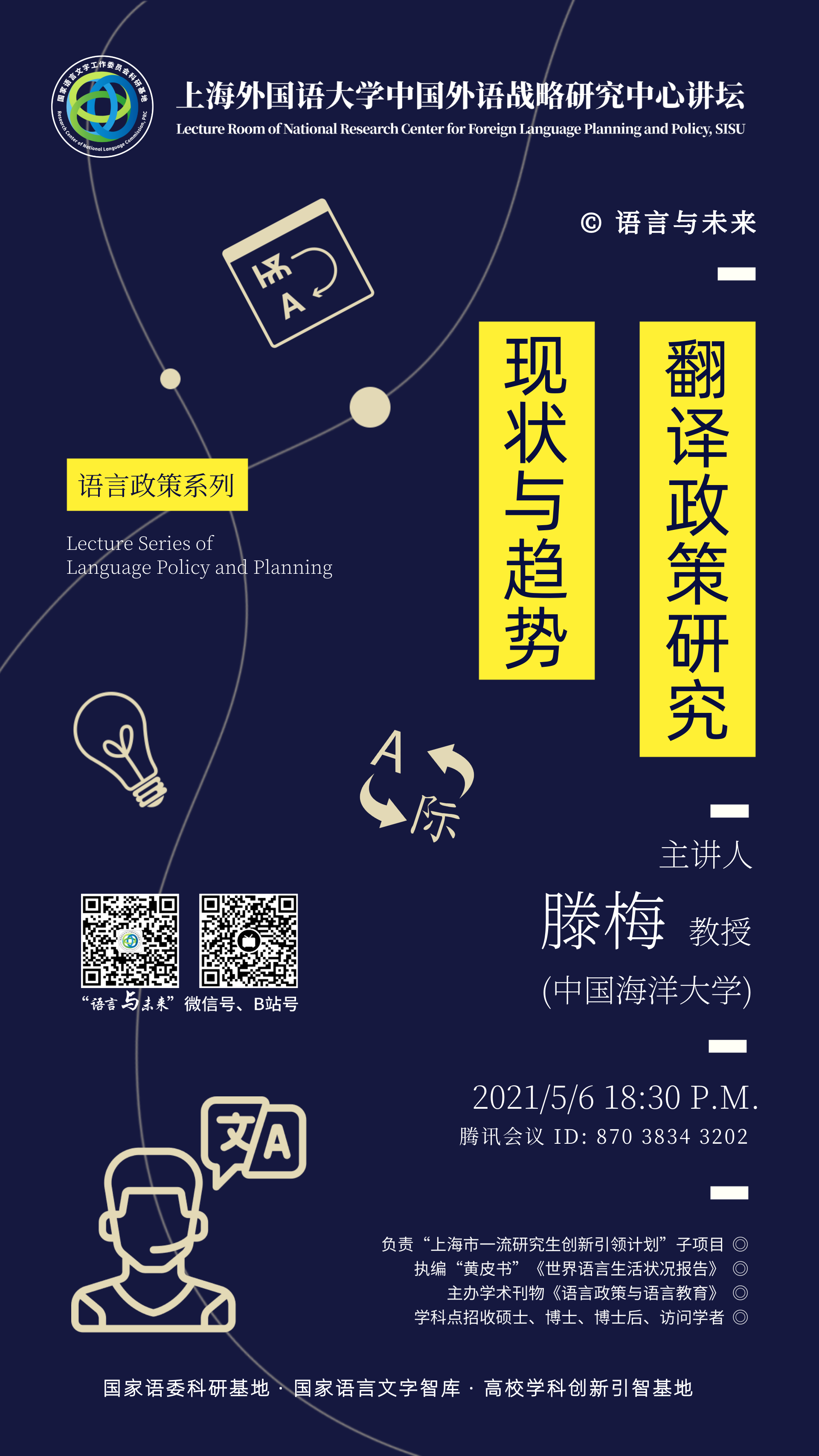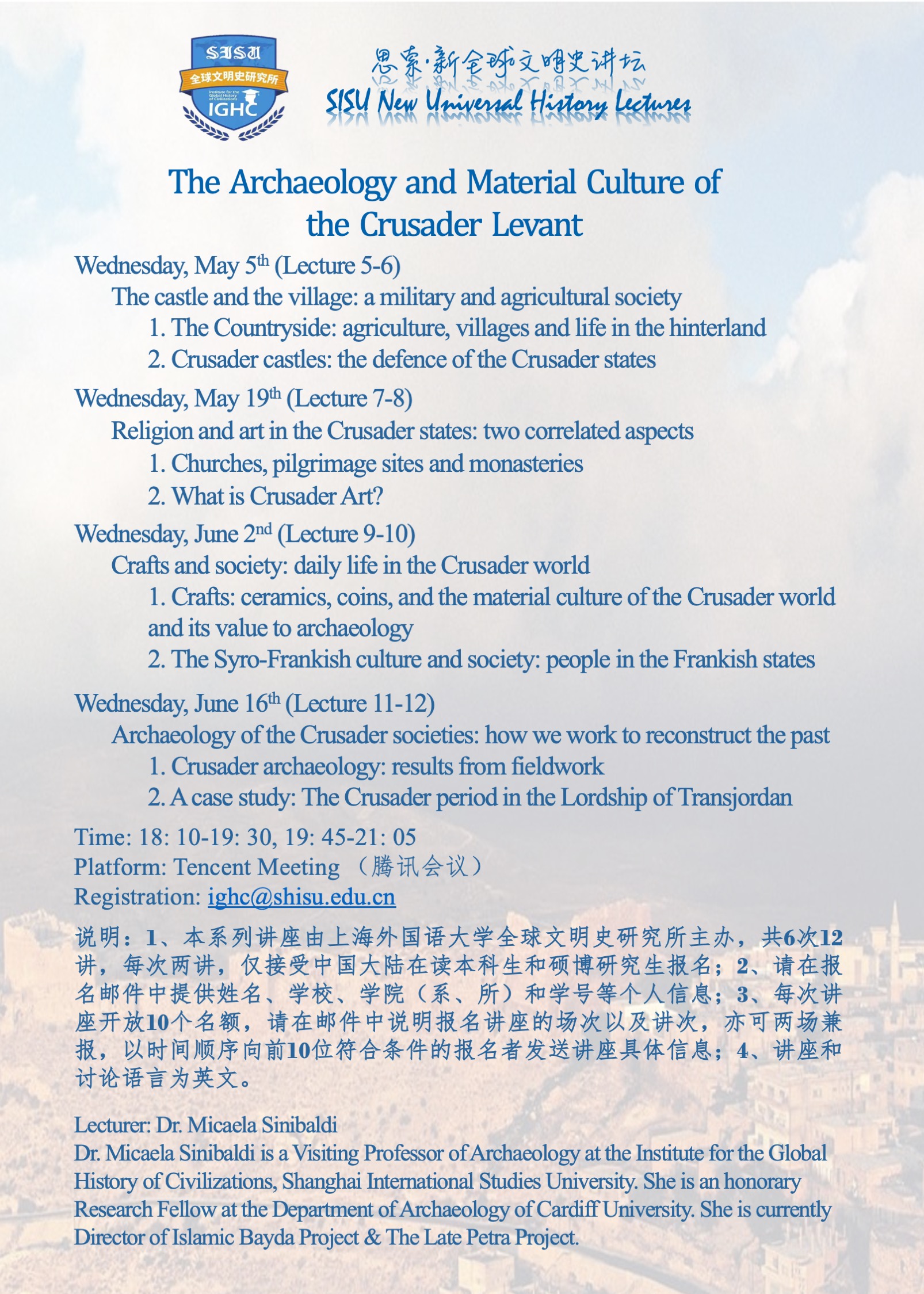系列讲座:The Archaeology and Material Culture of the Crusader Levant
Wednesday, May 5th (Lecture 5-6)
The castle and the village: a military and agricultural society
1. The Countryside: agriculture, villages and life in the hinterland
2. Crusader castles: the defence of the Crusader states
Wednesday, May 19th (Lecture 7-8)
Religion and art in the Crusader states: two correlated aspects
1. Churches, pilgrimage sites and monasteries
2. What is Crusader Art?
Wednesday, June 2nd (Lecture 9-10)
Crafts and society: daily life in the Crusader world
1. Crafts: ceramics, coins, and the material culture of the Crusader world and its value to archaeology
2. The Syro-Frankish culture and society: people in the Frankish states
Wednesday, June 16th (Lecture 11-12)
Archaeology of the Crusader societies: how we work to reconstruct the past
1. Crusader archaeology: results from fieldwork
2. A case study: The Crusader period in the Lordship of Transjordan
